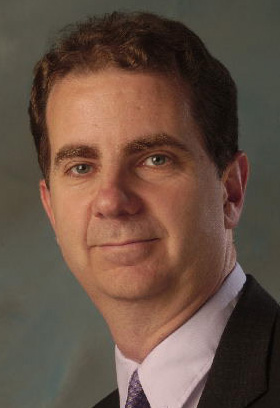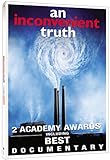Wednesday night was the 5th (ever) meeting of the
Silicon Valley Photovoltaics Society. It was recommended to me by a friend in the industry, and I’m glad I went.
The topic was what the
National Renewable Energy Laboratory does, and our speaker flew out from Golden, Colorado to give our talk (and make SV visits). The speaker was John Benner, whose business card says “Manager, PV Industry Partnerships, National Center for Photovoltaics.” He covered a lot in 45 minutes, and the slides will eventually be posted, so I’ll just cover the NREL highlights, both from the talk and talking afterwards.
John joined the Solar Energy Research Institute in 1978, soon after
its founding in 1977. (The NREL name came
in 1991). NREL is one of 36
FFRDCs ( Federally Funded Research and Development Center), in this case operated by Midwest Research Institute and Batelle.
NREL gets about $250m of its $300m budget from the DOE’s
EERE division. EERE has a budget of about $1.8b, because it funds EE/RE efforts at other DOE labs like Sandia, Oakridge and Pacific Northwest National Laboratory.
Within NREL, photovoltaics are about 25% of the budget. Other major initiatives include biofuels, wind, and building energy efficiency.
NREL supplies research on basic technologies and also helps firms work on their own technologies. For example, a major issue is system reliability: NREL does research on accelerated testing, it does failure analysis for industry, but it’s up to industry to decide how to fix its own reliability problems.
NREL also provides funds to help firms commercialize technologies, both with its
PV incubator (for those with proof of concept) and its new pre-incubator program.
A wide range of firms have been funded, including Nanosolar, SoloPower, CaliSolar, SolFocus, and Skyline.
Flipping slides rapidly, Benner highlighted specific technology issues: wafer silicon (cutting wafer thickness by 50+%), film silicon, CdTE, organic PV as well as major cross-cutting issues (such as inverter failure). I typed furiously, but if I typed them right, the PV budget number were
- 23% crystalline silicon
- 18% concentrating PV
- 7% next generation
- 7% thin film CIGS
- 5% thin film CdTE
- 4% organic PV
- 2% building integrated PV
- 1% dye sensitized
- 28% crosscutting, that covers multiple absorbent technologies.
The funding of DOE solar energy programs peaked in 1981, and then languished until
2006, when the Bush administration unveiled the
Solar America Initiative, doubling funding in one year. Attendees are hoping for dramatic growth in RE funding
under the new administration. (Obama was expected to
announce that his new Energy secretary will be Steven Chu, director of the Lawrence Berkeley Lab, another FFRDC run for DOE.)
However, as Benner pointed out, the US story is now a private investment story, with $200m of annual government funding of PV dwarfed by $3b in private investment. The Federal role is strategically important (what else would he say?) but it’s not dominant.
Benner mentioned that NREL works with 70 of the 120 US companies that it knows of that do any sort of research or product development in PV, including some one- and two-person companies (that outsource almost everything). It also works closely with universities, including
five universities on its board: MIT, Stanford, and three Colorado engineering schools (Boulder, CSU, CSM).
I’m hard pressed to think of another national lab that works so closely with industry on technologies being built and sold by industry to the commercial market. It seems to me (from this brief external perspective) that the NREL model has been “bring us your technologies and we’ll help you develop and fix them” while the other DOE labs have been more “here’s our cool technology, why don’t you license it.” Certainly the commercialization differences bear further investigation.
Update Dec. 17: Benner’s slides are now posted to the SVPVS website.
![[Harris cartoon]](http://www.sciencecartoonsplus.com/gallery/chemistry/chem18.gif)





![[Mounds bar] [Mounds bar]](http://www.hersheys.com/products/details/images/flavors/pf_mounds.gif)


![[feed]](http://photos1.blogger.com/x/blogger2/6971/993546936938810/1600/z/962294/gse_multipart3851.gif)